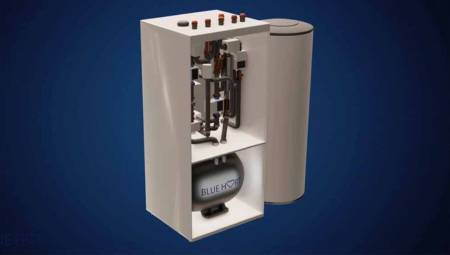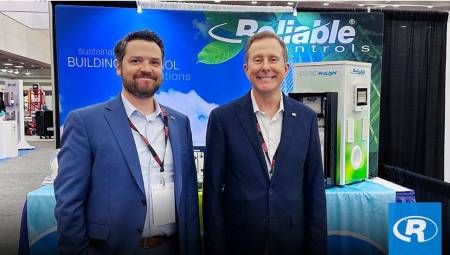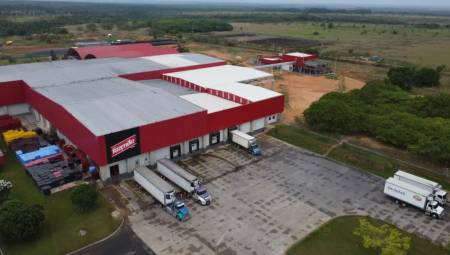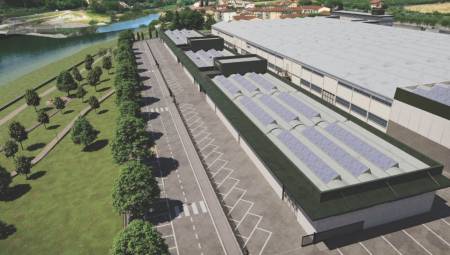
International. According to a recently released report by IHS that analyzes the market for smart home energy management devices, home displays and smart thermostats, these will lead the way in terms of number of installed bases, but less revenue will be generated than smart appliances – about $57 million combined compared to about $3 billion – due to subsidies from government and utility companies.
Of the device types, home displays (IHDS) are projected to have the highest installed base and unit shipments from 2011 to 2025, followed by smart thermostats, which are projected to have an installed base of 21.4 million by the end of 2025. However, revenues for IHDS and smart thermostats are relatively low, as these devices are often subsidized by government or utility companies.
Smart appliances – such as washing machines and refrigerators – are projected to have the highest revenues by the end of the forecast period, rising from $600,000 in 2014 to about $3 billion in 2025, due to their higher unit price.
The report analyzes the market potential for smart home energy management devices, which connect to a smart meter in more than 20 individual countries and regions, providing forecasts by country, device type, and connectivity protocol.
The forces driving consumer adoption of these devices differ from region to region, with several key factors determining whether the market will flourish, such as the country's energy profile, the state of electricity infrastructure, government policies on energy efficiency and investment in technology, and citizen engagement with energy efficiency and smart home technology.













